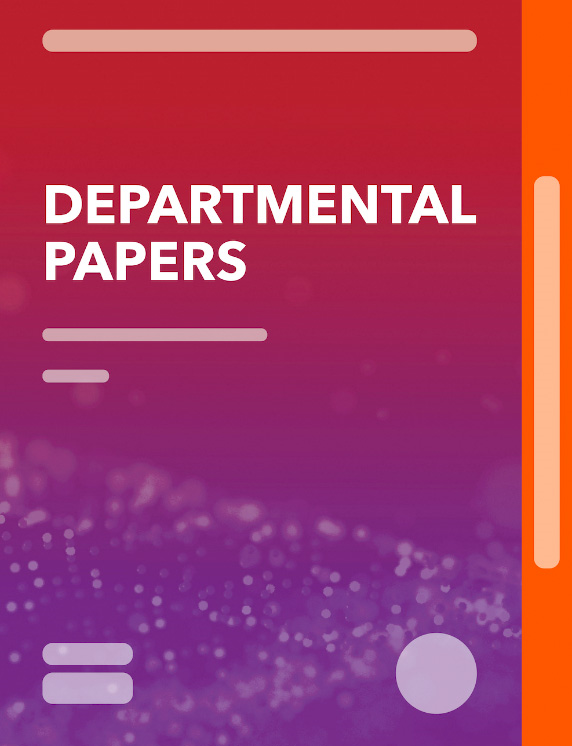Central Bank Financial Strength in Central America and the Dominican Republic
May 13, 2014
Disclaimer: This Working Paper should not be reported as representing the views of the IMF.The views expressed in this Working Paper are those of the author(s) and do not necessarily represent those of the IMF or IMF policy. Working Papers describe research in progress by the author(s) and are published to elicit comments and to further debate
Summary
This paper examines the financial strength of central banks in Central America and the Dominican Republic (CADR). Some central banks are working off the effects of intervention in distressed financial institutions during the 1990’s and early 2000’s. Their net income has improved since then owing to lower interest rates, a reduction in interest bearing debt, and recapitalization transfers. Claims on the government have fallen, but remain high and are typically reimbursed at below-market rates, and capital is negative when adjusting for this. Capital is sufficient to back a low inflation target given that the income position is supported by unremunerated reserve requirements. Capital is likely to increase over time, but only gradually, leaving countries vulnerable to macroeconomic risks. The capacity of CADR central banks to engage in macroeconomic stabilization would benefit from increased emphasis on low inflation as the primary objective of monetary policy and a stronger commitment by governments to recapitalization.
Subject: Banking, Central bank balance sheet, Central bank bills, Central banks, Currencies, Financial statements, International reserves, Money, Public financial management (PFM)
Keywords: CADR central banks, CADR country, Central America, central bank, Central bank balance sheet, Central bank bills, central bank financial strength, Costa Rica, Currencies, Dominican Republic, economic value, Financial statements, foreign currency, Guatemala, Honduras, International reserves, liquidity support, monetary base, money demand, Nicaragua, policy objective, recapitalization, WP
Pages:
39
Volume:
2014
DOI:
Issue:
087
Series:
Working Paper No. 2014/087
Stock No:
WPIEA2014087
ISBN:
9781484387368
ISSN:
1018-5941






